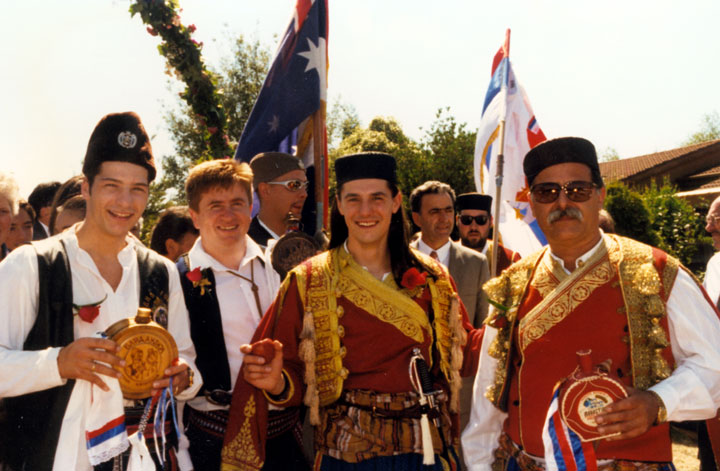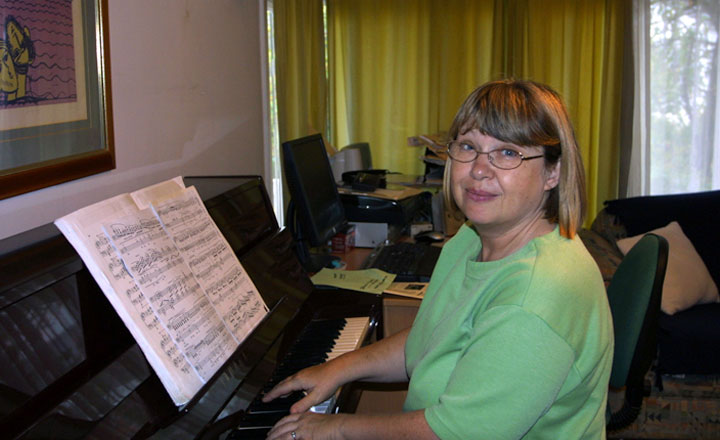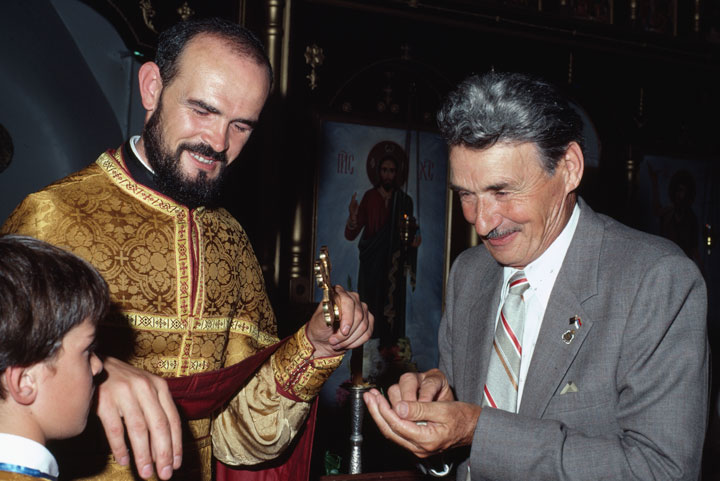Immigration History from Serbia (Serbian) to Victoria
Неколико досељеника са подручја некада познатог као Србиj настанило cе у Викторији у 19. веку. Према попису становништва из 1901. само три мушкарци из Србије су били регистровани.
После Првог светског рата Краљевине Србија ујединиле се са остатком балканских земаља и територија формирале Краљевину Срба, Хрвата и Словенаца. А 1929. године земља је формално названа Краљевина Југославија. Југославија је била окупирана од стране сила осовине и привремено разоружана за време Другог светског рата, и велики број људи је напустио земљу. Југословени су били међу најбројнијима који су се доселили у Викторију између 1948. и 1955. године, из кампова за расељена лица у Европи. Многи од њих који су се тада доселили у Аустралију били су против новооснованог комунистичког режима у Југославији. До 1954. било је 6,118 досељеника из Југославије у Викотирији.
Погоршана економска ситуација у Југославији, укључујући незапосленост током 1960-их и 1970-их определило је велики број људи, рођених у Југославији да емигрирају у Викторију. Многи од њих су радили привремено у Западној Европи, посебно у Немачкој, пре него сто што су емигрирали у Аустралију. Између 1961. и 1971. популација људи рођених у Југославији повећала се на 49,755 људи.
После распада Југославије 1992. Србија и Црна Гора прогласиле су се Федералном Републиком Југославијом. 1996. када су се особе рођене у Србији и Црној Гори по први пут пописивале посебно, приликом пописа становништва у Аустралији, било их је 4,133 који су живели у Викторији. Пописом становништва 2001. регистроване су 19,643 особе које су рођене у Федералној Републици Југославији – пораст који је одражавао више различиту дефиницију назива државе него велики прилив миграната. 2003. формално је промењен назив земље у Србија и Црна Гора, као унија држава. После тога, цензусом из 2006 пописано је 7,052 Викторијанца који су рођени у Србији и Црној Гори. Исте године Србија и Црна Гора су се формално поделиле у посебне државе, али је цензус тада још увек признавао унију држава. 2011 попису бројао 7383 Викторија је рођен у Србији, 518 је рођен у Црној Гори и 538 рођен на Косову
Велики број чланова викторијске заједнице живи у западним и југо-источним предграђима Мелбурна. Од оних који су запослени 34% су професионалци, а 20% раде као радници и занатлије. Док су 46% популације били припадници српске православне вероисповести, 15% су били источни православци. Данас се српски језик најчешће говори у домаћинствима у овој заједници, што подржава велики број специфичних етничких организација.



